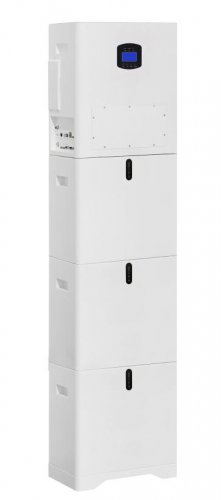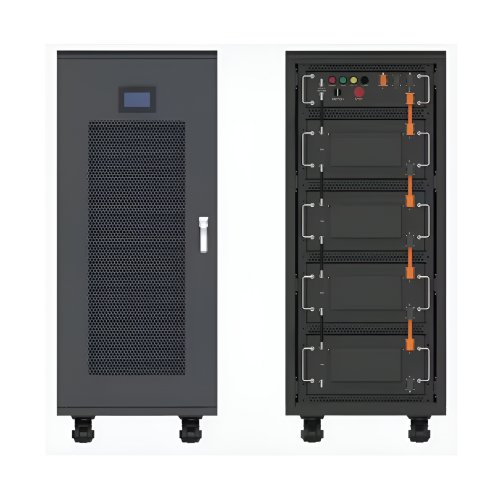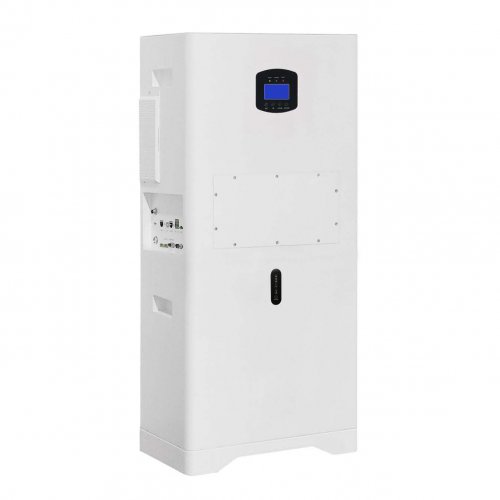Battery Safety Improvements News: Next-generation Technologies And Stricter Regulations Shape A Safer Future
The global push towards electrification, spanning consumer electronics, electric vehicles (EVs), and grid-scale energy storage, has placed unprecedented focus on the safety and reliability of the underlying power source: the battery. Recent high-profile incidents involving thermal runaways and fires have accelerated industry-wide efforts to develop and implement significant battery safety improvements. The current landscape is characterized by a multi-faceted approach, integrating advancements in materials science, sophisticated software monitoring, and the introduction of more rigorous international standards.
Latest Industry Developments
A wave of innovation is emerging from both corporate R&D departments and academic institutions. Solid-state battery technology continues to be a headline-grabbing development. Companies like QuantumScape and Solid Power are progressing toward the commercialization of solid-state cells, which replace the flammable liquid electrolyte with a solid counterpart. This fundamental change dramatically reduces the risk of fire, even in cases of severe physical damage or internal short circuits. While mass production challenges remain, recent pilot production agreements with major automakers signal growing confidence in this transformative technology.
Beyond next-generation chemistries, immediate improvements are being made to existing lithium-ion batteries. Cell-to-pack (CTP) and cell-to-chassis (CTC) design architectures, championed by firms like BYD and Tesla, are not only increasing energy density but also incorporating enhanced safety features. These designs often include more robust physical barriers between cell groups and improved thermal management systems that can more effectively isolate a thermal event, preventing it from cascading through the entire battery pack.
Furthermore, the industry is seeing a surge in smart battery management systems (BMS). These systems have evolved from passive monitors to active safety guardians. Contemporary BMS utilize advanced algorithms and AI to perform real-time diagnostics, predicting potential failures by analyzing subtle voltage fluctuations, temperature inconsistencies, and impedance changes. This shift from reactive to predictive maintenance allows for warnings long before a critical situation arises.
Concurrently, regulatory bodies are tightening safety requirements. The new UNECE R100 Revision 3 regulation for EVs, which came into effect in Europe in 2023, mandates more rigorous crash test standards, including a specific test for mechanical integrity following a crash to prevent electrolyte leakage. In the United States, the National Highway Traffic Safety Administration (NHTSA) is also considering updates to its safety standards, focusing on propagation resistance—the ability of a pack to prevent a single cell's failure from spreading to others.
Trend Analysis: An Integrated Safety Ecosystem
The overarching trend points towards the creation of an integrated safety ecosystem, where improvements are addressed at every level: cell, pack, system, and infrastructure.
1. Material Innovation: Research into novel electrolyte additives that can self-extinguish fires and stabilize the solid-electrolyte interphase (SEI) layer is intensifying. The development of "self-healing" electrodes that can mitigate the formation of lithium dendrites—a primary cause of internal short circuits—is also a significant area of focus, moving from academic research to applied industrial development.
2. Advanced Manufacturing: Quality control during manufacturing is being recognized as a critical safety factor. AI-powered visual inspection systems are now deployed on production lines to detect microscopic defects in electrode coating or separator integrity that were previously undetectable. This precision manufacturing minimizes the statistical probability of a latent defect leaving the factory.
3. The Second-Life and Recycling Challenge: As batteries from the first generation of EVs reach end-of-life, safely managing them for second-life applications or recycling presents a new frontier for safety protocols. Companies are developing diagnostic kits to accurately assess the health and safety risks of used packs, ensuring they are repurposed or dismantled under strictly controlled conditions to prevent new hazards.
4. Standardization and Data Sharing: There is a growing movement towards standardizing safety testing protocols and, crucially, the sharing of anonymized failure data across the industry. Such collaboration allows all players to learn from rare failure events without compromising proprietary information, accelerating collective learning and safety enhancement.
Expert Perspectives
Industry experts emphasize a holistic view of safety. "The pursuit of higher energy density cannot come at the expense of safety," says Dr. Elena Rodriguez, a materials scientist at a leading research institute. "The next decade will be about smart compromises. We may see the adoption of slightly less energy-dense but inherently safer chemistries, like lithium iron phosphate (LFP), gain even more traction in certain applications, complemented by exceptional pack engineering and software."
John Chen, an engineering director at a major BMS manufacturer, highlights the software's role. "The BMS is the brain of the battery. We are moving beyond simple voltage and temperature tracking. By applying machine learning to the vast amounts of data a battery generates over its life, we can create a unique 'state of health' fingerprint for each pack and anticipate issues with remarkable accuracy. This is the cornerstone of predictive safety."
Meanwhile, regulatory experts like Lisa Thompson, a safety compliance consultant, stress the importance of global alignment. "Divergent regulations in different markets can slow down innovation and create confusion. The industry benefits from a harmonized global framework, like the evolving UNECE standards, which create a clear and high bar for safety that manufacturers can design to from the outset."
In conclusion, the field of battery safety is experiencing a period of intense and necessary evolution. Driven by technological breakthroughs, smarter manufacturing, and proactive regulation, the industry is building a multi-layered defense against failure. While the goal of absolute zero risk remains elusive, the concerted efforts across the ecosystem are steadily making batteries safer, more reliable, and more trustworthy, thereby securing the foundation of our electrified future.
Customized/OEM/ODM Service
HomSolar Supports Lifepo4 battery pack customization/OEM/ODM service, welcome to contact us and tell us your needs.


HomSolar: Your One-stop LiFePO4 Battery Pack & ESS Solution Manufacturer
Our line of LiFePO4 (LFP) batteries offer a solution to demanding applications that require a lighter weight, longer life, and higher capacity battery. Features include advanced battery management systems (BMS), Bluetooth® communication and active intelligent monitoring.

Customised Lithium Iron Phosphate Battery Casing
ABS plastic housing, aluminium housing, stainless steel housing and iron housing are available, and can also be designed and customised according to your needs.

HomSolar Smart BMS
Intelligent Battery Management System for HomSolar Energy Storage System. Bluetooth, temperature sensor, LCD display, CAN interface, UART interface also available.


Terminals & Plugs Can Be Customized
A wide range of terminals and plugs can be customised to suit the application needs of your battery products.

Well-designed Solutions for Energy Storage Systems
We will design the perfect energy storage system solution according to your needs, so that you can easily solve the specific industry applications of battery products.



About Our Battery Cells
Our energy storage system products use brand new grade A LiFePO4 cells with a battery lifespan of more than 4,000 charge/discharge cycles.



Applications in Different Industries
We supply customized & OEM battery pack, assemble cells with wiring, fuse and plastic cover, all the cell wires connected to PCB plug or built BMS.
Applications: E-bike, Electric Scooter, Golf Carts, RV, Electric Wheelchair, Electric Tools, Robot Cleaner, Robot Sweeper, Solar Energy Storage System, Emergency Light, Solar Power Light, Medical Equipment, UPS Backup Power Supply.
We can provide you with customized services. We have the ability to provide a vertical supply chain, from single cells to pack/module and to a complete power solution with BMS, etc.


HomSolar (Shenzhen) Technology Co., Ltd
























